This Is How Football Shoes Evolved Over The Years
230views
Over the past century, there have been countless versions of the football boot – each offering unique styles and evolving features. Some focused on cutting edge technology, while others relied on comfort and simplicity.
The photos below shows how football boot evolved over the years, you can also have a look at the interactive timeline created by Sun and Sands Sports to pay tribute to the shoe that has helped make football the sport it is today.
More info: blog.sssports.com
Prelude – Year 1526: ‘The start of the football boot’
Football boots are clearly listed on King Henry the VIII’s ‘Great Wardrobe of 1526’. This document served as a a medieval wishlist of sorts, and although Henry would later try to ban football in 1540, his shoes remain the earliest example of the modern day boot.
1800’s and early 1900’s
One of the first rules introduced required the metal studs of the boots to be rounded. This helped prevent injuries and is one of the first evolution in design.
These early boots can be seen in the1934 World Cup quarter match between Italy and Spain. The match is notorious for Italy’s aggressive play and some questionable officiating. In the end Italy would bully Spain out of contention after Spanish goals were disallowed in both matches.
1940’s and 1950’s
After the Second World War the design of the football boot for the first time since studded boots, the shoes started to impact the game.
In the early 1950’s Puma and Adidas introduced their screw-in studs shoes, allowing players to adjust their boots based on changing weather conditions.
1960’s
In the 1960s football boot technology continued to evolve rapidly, manufacturers moved away from the high cut boots of the past, opting for new, lighter low cut designs. The boots enabled players to move faster and change direction quicker.
1970s
The 1970’s ushered in a new age of world of soccer. Not only were manufacturers getting better at producing soccer shoes, but for the first time ever brands began to sponsor individual athletes. Players were paid by manufacturers to sport their soccer boots while playing.
Adidas introduces the Cosmos in 1970. The shoe was one of the first designed to match a unique athletes foot, that foot belonged to Franz Beckenbauer.
Pelé – again “Player of the Tournament” – wears PUMA KING boots and helps Brazil to win his and his country’s third World Cup title by beating Italy in the Mexico finals.
Nike enters the football market developing their first football boots and partnering with several North American Soccer League associations.
1980’s
Just like the decade before it, the 80’s brought more technologies into the realm of boot design. More thought was given to the placement of the studs, improving traction between the boot and the ground. Manufacturers began to place power & swerve zones on soccer shoes, “Sweet Spots” that when struck properly would provide greater power and control on a shot.
The Copa Mundial, Adidas most successful football boot, is introduced for the 1982 world cup in Spain.
1990’s
This period saw a difference in not only colour, size, and shape, but also in the studs that were used on the underside of the boot. The sole of the shoes also became a key focus, designed to be more flexible, improving player balance and allowing for more natural movement within the boot.
2000s
In the first decade of the 21st century a range of new technologies such as rapid prototyping and laser cutting became more affordable. As a result, they began to find their way into football boot design. This leap allowed manufactures to begin producing some of the first fully customised football boots.
Future of Football Boots
The modern game of football has become faster, with players more technically inclined than ever before. To support this new generation of athletes, manufacturers are now investing substantial resources into better technologies and novel materials for their boots.
Manufacturers are no longer required to choose between protection, performance or style – all three can be combined and delivered in the same design. As long as there is football, there will be a need for football boots. Just like any other industry, manufacturers of soccer shoes will always be looking for new ways to make a faster, lighter and stronger soccer boot, and we can’t wait to see what they come up with.
Over the past century, there have been countless versions of the football boot – each offering unique styles and evolving features. Some focused on cutting edge technology, while others relied on comfort and simplicity.
The photos below shows how football boot evolved over the years, you can also have a look at the interactive timeline created by Sun and Sands Sports to pay tribute to the shoe that has helped make football the sport it is today.
More info: blog.sssports.com
Prelude – Year 1526: ‘The start of the football boot’
Football boots are clearly listed on King Henry the VIII’s ‘Great Wardrobe of 1526’. This document served as a a medieval wishlist of sorts, and although Henry would later try to ban football in 1540, his shoes remain the earliest example of the modern day boot.
1800’s and early 1900’s
One of the first rules introduced required the metal studs of the boots to be rounded. This helped prevent injuries and is one of the first evolution in design.
These early boots can be seen in the1934 World Cup quarter match between Italy and Spain. The match is notorious for Italy’s aggressive play and some questionable officiating. In the end Italy would bully Spain out of contention after Spanish goals were disallowed in both matches.
1940’s and 1950’s
After the Second World War the design of the football boot for the first time since studded boots, the shoes started to impact the game.
In the early 1950’s Puma and Adidas introduced their screw-in studs shoes, allowing players to adjust their boots based on changing weather conditions.
1960’s
In the 1960s football boot technology continued to evolve rapidly, manufacturers moved away from the high cut boots of the past, opting for new, lighter low cut designs. The boots enabled players to move faster and change direction quicker.
1970s
The 1970’s ushered in a new age of world of soccer. Not only were manufacturers getting better at producing soccer shoes, but for the first time ever brands began to sponsor individual athletes. Players were paid by manufacturers to sport their soccer boots while playing.
Adidas introduces the Cosmos in 1970. The shoe was one of the first designed to match a unique athletes foot, that foot belonged to Franz Beckenbauer.
Pelé – again “Player of the Tournament” – wears PUMA KING boots and helps Brazil to win his and his country’s third World Cup title by beating Italy in the Mexico finals.
Nike enters the football market developing their first football boots and partnering with several North American Soccer League associations.
1980’s
Just like the decade before it, the 80’s brought more technologies into the realm of boot design. More thought was given to the placement of the studs, improving traction between the boot and the ground. Manufacturers began to place power & swerve zones on soccer shoes, “Sweet Spots” that when struck properly would provide greater power and control on a shot.
The Copa Mundial, Adidas most successful football boot, is introduced for the 1982 world cup in Spain.
1990’s
This period saw a difference in not only colour, size, and shape, but also in the studs that were used on the underside of the boot. The sole of the shoes also became a key focus, designed to be more flexible, improving player balance and allowing for more natural movement within the boot.
2000s
In the first decade of the 21st century a range of new technologies such as rapid prototyping and laser cutting became more affordable. As a result, they began to find their way into football boot design. This leap allowed manufactures to begin producing some of the first fully customised football boots.
Future of Football Boots
The modern game of football has become faster, with players more technically inclined than ever before. To support this new generation of athletes, manufacturers are now investing substantial resources into better technologies and novel materials for their boots.
Manufacturers are no longer required to choose between protection, performance or style – all three can be combined and delivered in the same design. As long as there is football, there will be a need for football boots. Just like any other industry, manufacturers of soccer shoes will always be looking for new ways to make a faster, lighter and stronger soccer boot, and we can’t wait to see what they come up with.
230views
Share on Facebook

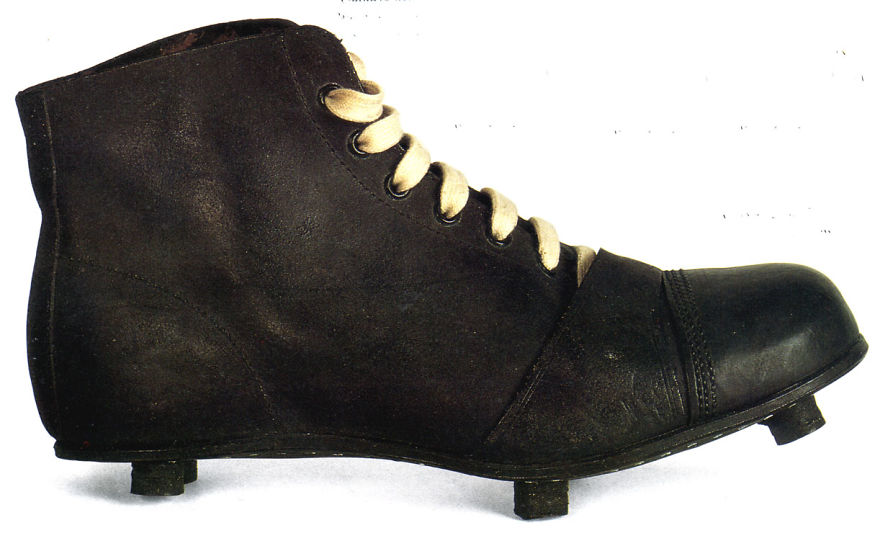
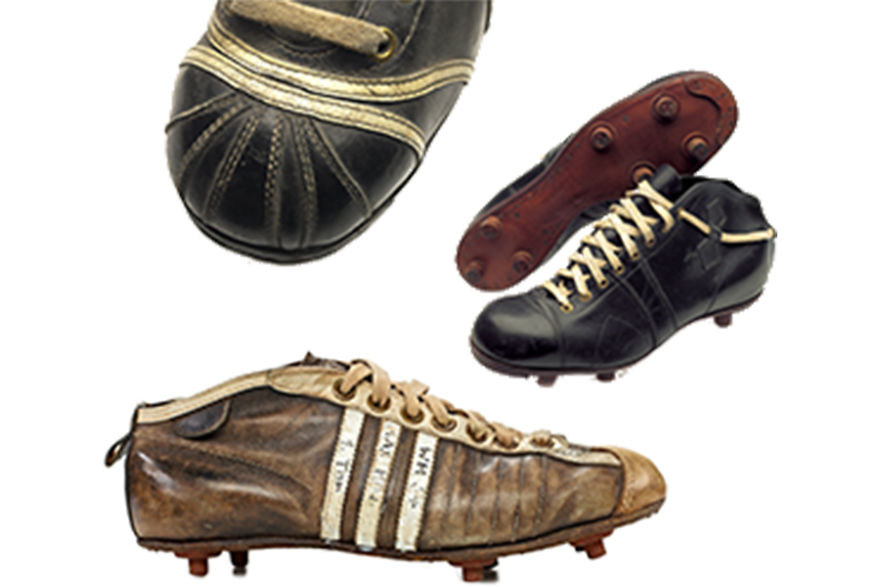
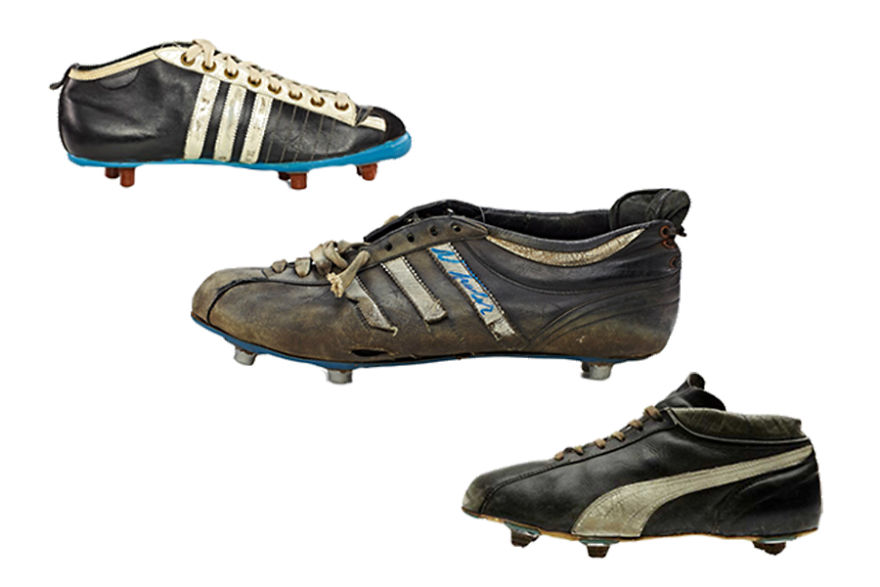
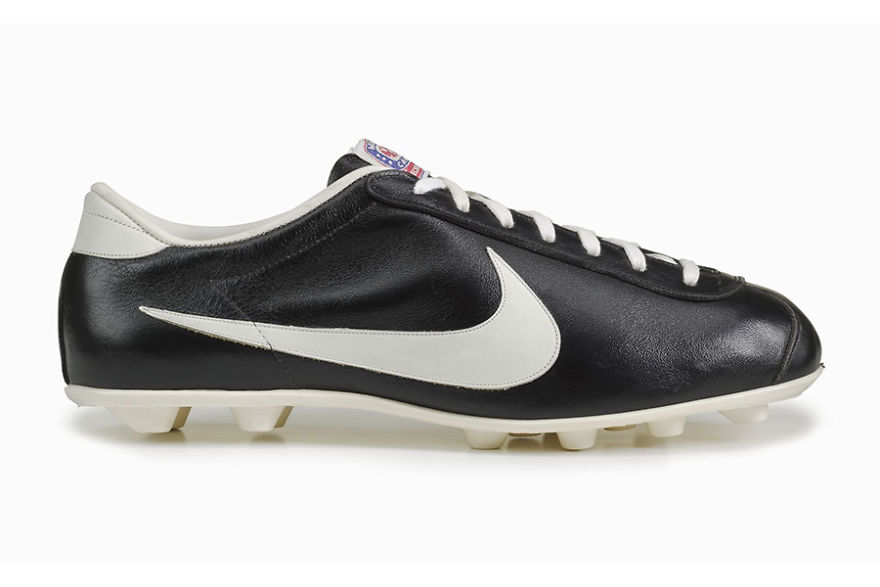
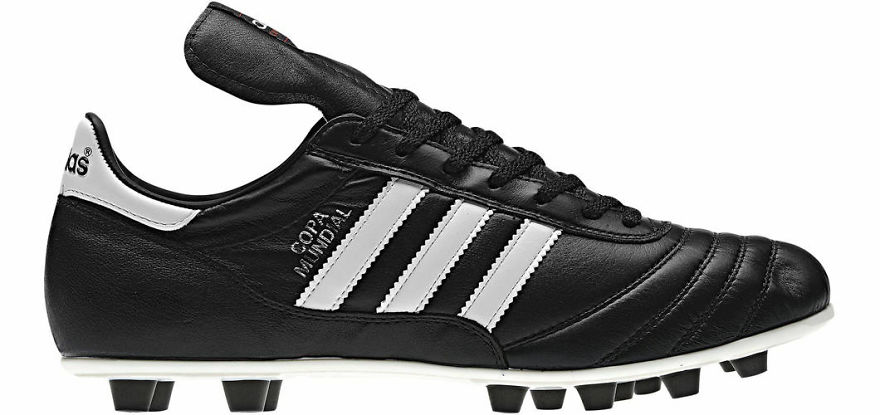
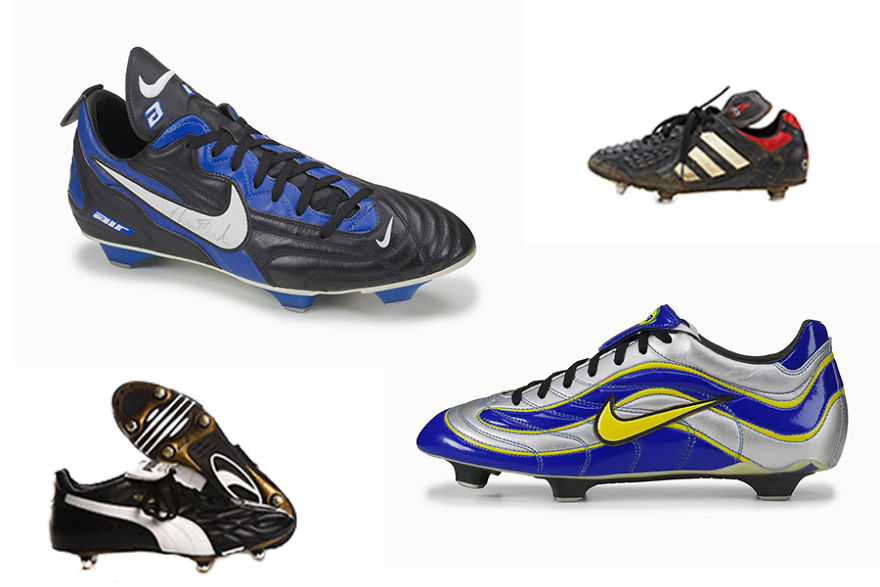
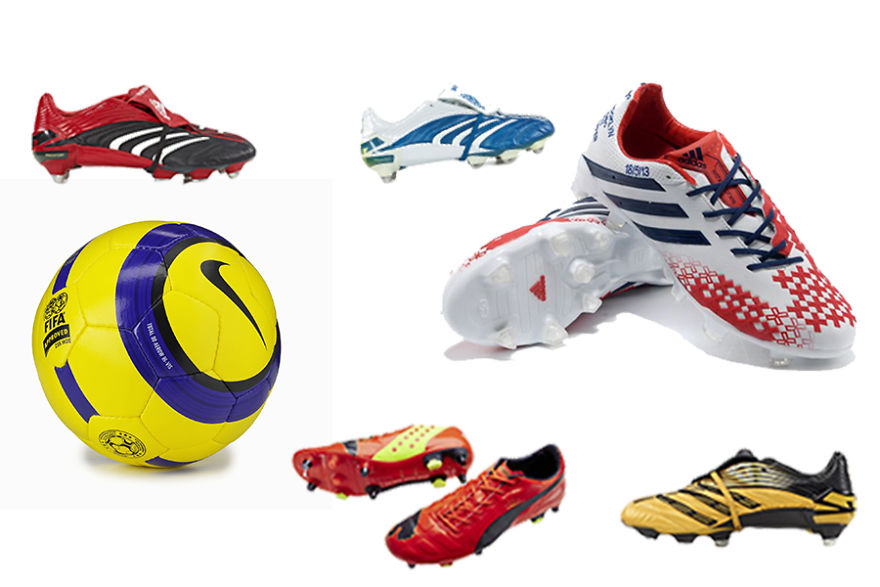
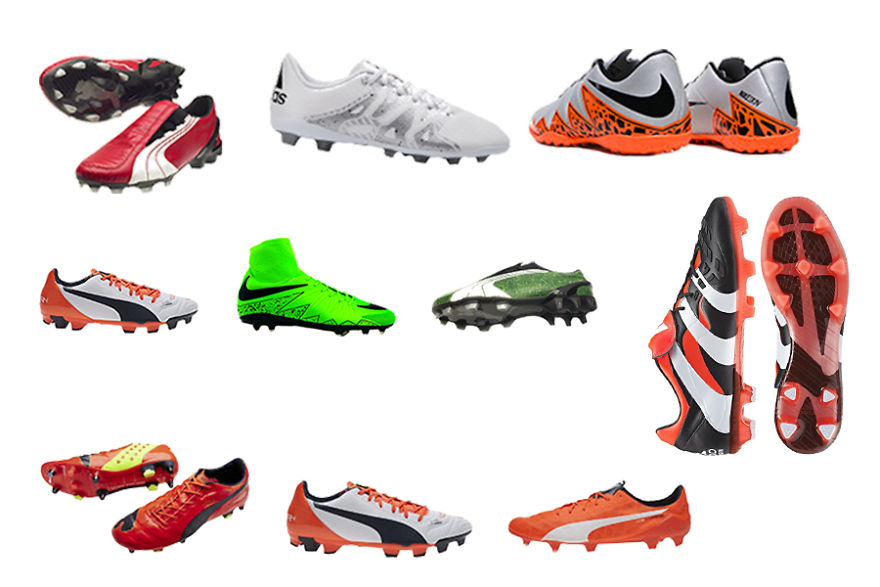


3
1